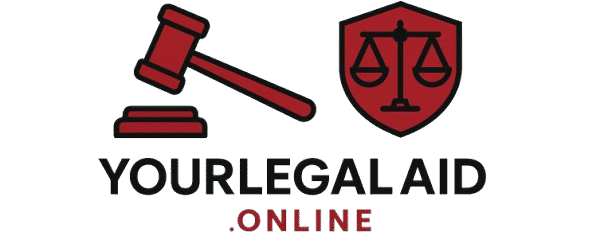Citation:
AIR 1973 SC 1461 | (1973) 4 SCC 225
Bench Strength:
13 Judges – the largest Constitutional Bench in the history of the Supreme Court of India
Date of Judgment:
April 24, 1973
🧭 Background and Context
The Kesavananda Bharati case arose during a politically turbulent period in Indian history. The Parliament, dominated by the Indira Gandhi-led government, had been increasingly using its constitutional amending power under Article 368 to alter fundamental aspects of the Constitution—particularly those concerning property rights and socio-economic reforms.
Swami Kesavananda Bharati, the head of the Edneer Mutt, a religious institution in Kerala, challenged the Kerala Land Reforms Act, 1963, which aimed to redistribute land in the state. Although the case initially focused on the right to property, it soon evolved into a much larger debate: Can the Parliament alter any part of the Constitution, including Fundamental Rights?
⚖️ Key Legal Issues
- Extent of Parliament’s Power Under Article 368:
Could the Parliament amend any provision of the Constitution without limitations? - Protection of Fundamental Rights:
Could Parliament abridge or take away Fundamental Rights by a constitutional amendment? - Judicial Review of Constitutional Amendments:
Is a constitutional amendment subject to judicial review?
🧑⚖️ Arguments from Both Sides
Petitioner (Kesavananda Bharati):
- Argued that certain parts of the Constitution, especially Fundamental Rights, were inviolable.
- Claimed that the Constitution had a basic framework that could not be altered even by constitutional amendments.
Respondent (Union of India):
- Argued that Article 368 gave Parliament unlimited power to amend any and every part of the Constitution.
- Maintained that socio-economic reforms, including land redistribution, were necessary and should not be hindered by judicial interpretation.
🧾 The Verdict
The Supreme Court delivered a split 7:6 majority verdict.
Key Rulings:
- Parliament has wide powers to amend the Constitution, including Fundamental Rights.
- However, Parliament cannot alter the “Basic Structure” of the Constitution.
- Constitutional amendments are subject to judicial review.
🧱 What is the Basic Structure Doctrine?
The court did not define a fixed list, but over time, several features have been recognized as part of the basic structure, including:
- Supremacy of the Constitution
- Rule of Law
- Independence of the judiciary
- Separation of powers
- Sovereign, democratic, and republican nature of the Indian polity
- Secularism
- Federal character
- Unity and integrity of the nation
- Freedom and dignity of the individual
- Judicial review
- Harmony and balance between Fundamental Rights and Directive Principles
📜 Impact and Legacy
- This judgment preserved the core philosophy of the Indian Constitution and prevented arbitrary changes by political majorities.
- It laid the foundation for judicial review of constitutional amendments, acting as a check on the legislature.
- Reaffirmed in later cases, including Indira Nehru Gandhi v. Raj Narain and Minerva Mills v. Union of India.
- Considered a cornerstone of Indian constitutionalism, balancing Parliamentary sovereignty with constitutional supremacy.
🧠 Trivia and Facts
- The decision ran into thousands of pages and was the result of months of arguments.
- Justice H.R. Khanna cast the deciding vote.
- The then Chief Justice S.M. Sikri retired the day after the judgment.
🧭 Conclusion
The Kesavananda Bharati judgment remains one of the most defining moments in Indian legal history, creating a constitutional firewall that safeguards democracy, rights, and the foundational ethos of the Indian state. It enshrines the idea that no authority—not even Parliament—can destroy the essence of the Constitution.
